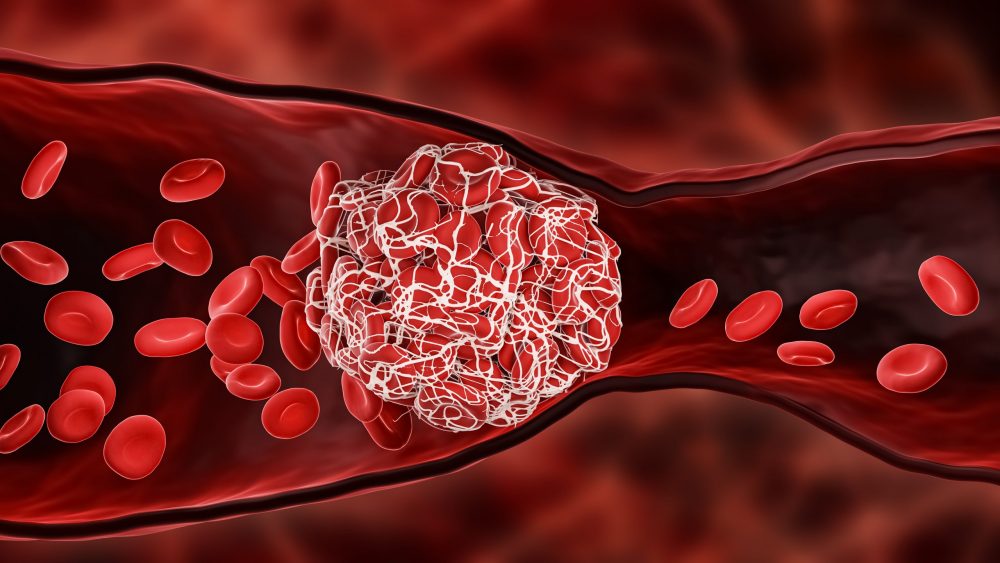Now live! RTHM Direct – simplified medication access for Long COVID, ME/CFS and related conditions. Check it out
As the COVID pandemic continues to hit another wave with the Omicron variant and researchers continue to look for the development of new variant mutations, other researchers have found that the SARS-CoV-2 may not be the only virus at play during this pandemic. In fact, the reactivation of other latent viruses may play a role in the severity of COVID cases, as well as the development of Long COVID. But what are latent viruses and what does viral reactivation mean?
What is a Latent Virus?
A latent virus occurs when the viral RNA or DNA remains in the cells of the body after initial infection. These viruses do not replicate or cause disease symptoms during this latent period; however, they may be transmissible to others. These viruses can remain in the body for years (in most cases, for a lifetime) without ever causing symptoms or recurrent infections. However, outside agents, such as stress or additional viral infections, can trigger a viral reactivation of these latent viruses.
What is Viral Reactivation?
During viral reactivation, these dormant, latent viruses switch back on into what is known as the lytic phase. During this phase, the virus is capable of replication and can cause symptoms in the host. These symptoms can be similar to the initial viral infection, or a person may develop completely new symptoms when the virus reactivates. One common example of this is the varicella-zoster virus that causes chickenpox. During the initial infection of the virus, a person experiences a chickenpox infection or varicella. Once the infection passes, the virus remains in the ganglionic neurons of the body as a latent virus. When reactivated, this virus triggers herpes zoster or shingles.
Common Latent Viruses You May Already Have
Unfortunately, it is likely you already have one, if not many, latent viruses within your body. In fact, the Epstein-Barr virus (EBV), responsible for causing mononucleosis (mono), is estimated to infect more than 90% of the human population worldwide. Common viruses that remain in the body in a latent state include:
- Herpes simplex virus type 1 (oral herpes, such as cold sores)
- Herpes simplex virus type 2 (genital herpes)
- Varicella-zoster virus
- Epstein-Barr virus
- Cytomegalovirus
- Human herpesvirus 6
- Kaposi sarcoma-associated herpesvirus
- John Cunningham (JC) virus
- BK virus
- Parvovirus B19
- Adenovirus
- HIV
Prevalence of Latent Viruses in Population
Chances are you have at least one latent virus in your body. Researchers estimate that more than 90% of the population has EBV. The World Health Organization estimates that 13.2% of the world’s population has HSV-2 and 66.6% have HSV-1. Before the development of the varicella vaccine in 1995, estimates suggest 95% of Americans acquired the varicella virus before the age of 20. In most cases, viral reactivation causes a similar infection to the original infection. However, some viruses can reactivate and play a role in additional conditions, such as certain cancers and chronic conditions. For example, EBV has been linked to Hodgkin lymphoma, Burkitt lymphoma, gastric cancer, myalgic encephalomyelitis/chronic fatigue syndrome (ME/CFS), and most recently, researchers have implicated EBV in multiple sclerosis (MS) and severe COVID infection and Long COVID.
Is SARS-CoV-2 Causing Viral Reactivation?
We know that when a person has acute COVID-19, there is a significant reduction in the T cells: immune cells that typically keep these herpes viruses in a latent form. Because of this reduction, researchers are seeing that infection with the SARS-CoV-2 virus is triggering the reactivation of these latent viruses. These latent viruses then enter an active state, causing symptoms. For example, many Long COVID patients experience severe and debilitating fatigue that often leads to a comorbid diagnosis of ME/CFS. The reactivation of EBV is often connected to ME/CFS, so researchers began looking at the connection between Long COVID and EBV. A recent study looked at the connection between Long COVID and EBV and found that 66.7% of their study subjects with Long COVID were positive for EBV reactivation.
How Do You Know if SARS-CoV-2 Reactivated EBV or Another Virus?
As doctors and researchers learn more about Long COVID and the possible connection between symptoms and latent virus reactivation, targeting these additional viruses may be a necessary component of your treatment protocol. Blood tests can identify if any of these potential latent viruses are activated. Testing for these will likely become a part of your initial blood workup when seeking medical treatment for Long COVID symptoms.

Get updates
Join our mailing list



